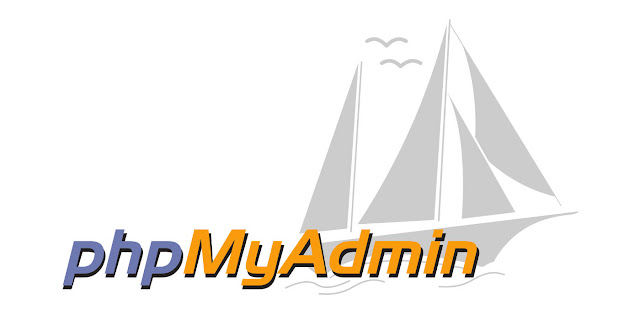By default php engine in WAMP Server provides import size of 2Mb. What if someone needs to import a large database, say 20Mb. The Solution to increase the database size is given and which changes the original configuration permanently.
Open php.ini files in C:\wamp\bin\php\php5.3.5 and C:\wamp\bin\apache\Apache2.2.17\bin and perform following in both files.
- Locate upload_max_filesize and set its value as large as you want.
For example upload_max_filesize = 100M (M denotes Mb) - Locate post_max_size and set its value as large as upload_max_filesize.
For example post_max_size = 120M - Locate memory_limit and set its value as large as post_max_size.
For example memory_limit = 140M
What if we didn't change post_max_size?
By default post_max_size is set to 8M. So, phpMyAdmin will not extend it's import size greater than 8M.

Komentar
Posting Komentar